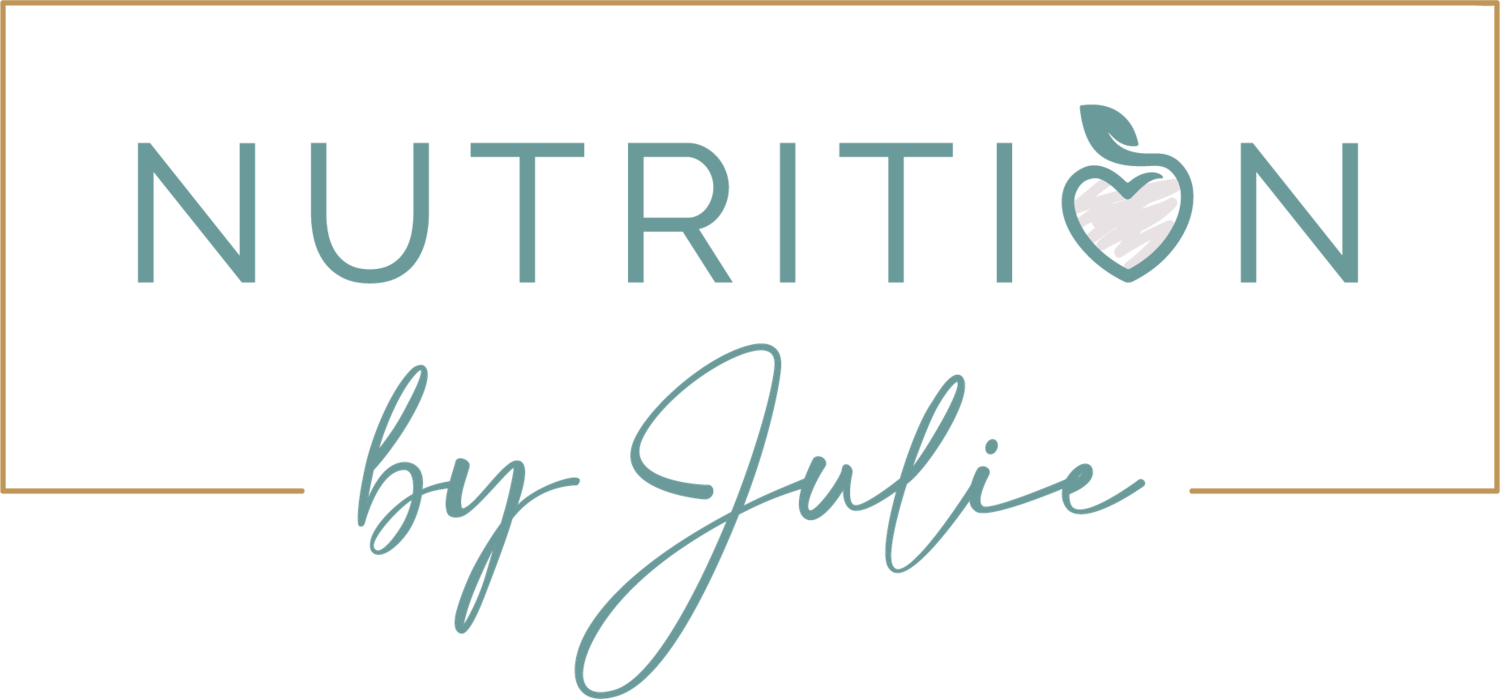Estrogen: Friend or Foe?
When you hear the term “estrogen”, many of you might already know that this hormone drives the menstrual cycle and the development of female secondary sex characteristics (breast development, pubic hair growth, etc.). Estrogen is also critical for youthful glowing skin, strong bones, healthy cognitive function, and protection from heart disease. But did you know that “estrogen” is just a collective term for the three different forms of estrogen needed in appropriate proportions at various life stages?
These estrogens include:
Estrone (E1)- produced postmenopausally at which time becomes the dominant circulating estrogen principally made in fat tissue.
Estradiol (E2)- the prevalent estrogen in premenopausal females and most potent estrogenduring reproductive years in terms of absolute levels and impacts.
Estriol (E3)- the least potent and dominant estrogen produced during pregnancy because it ismanufactured in high quantities by the placenta.
Despite the desirable benefits mentioned above, we often hear about the harmful effects ofestrogen. In fact, estrogen has long been recognized as the primary risk factor for the development of that nasty little c-word we all hate…cancer! Specifically, breast cancer.
So how is this female sex hormone which is so vital to human life also so destructive?
Research suggests it might not be so much estrogen itself, but the amount in circulation and especially how it is metabolized in the body. In fact, pooled analysis of nine prospective studies concluded that circulating estrogen levels were directly related to risk of breast cancer suggesting the risk is likely higher in women with early menarche (onset of menstrual cycle) and late menopause. Furthermore, estrogen metabolites may have varying effects on breast tissue cells. Among the metabolites observed in studies, 4-hydroxy-estrone, was found to be significantly increased in the urine samples of participants with breast cancer compared with the normal healthy controls.
What the heck is 4-hydroxy-estrone?
Simply put, it is an estrogen metabolite. Estrogens are metabolized in the liver by two main phases: Phase I (hydroxylation) and Phase II (methylation, sulfation, and glucuronidation). These phases prepare estrogen metabolites for elimination by the gut and kidneys.
Phase I (hydroxylation)
In this phase, estrogens are converted into three different metabolites, all of which have different biological actions. Some people may rely on one pathway more than others depending on their specific genes.
Metabolites produced in this phase include:
2-hydroxy-estrone (2-OH)- a weak estrogen, produced by the most desirable pathway, considered to have a protective effect on breast tissue.
16-hydroxy-estrone (16-OH)- stronger than 2-OH and believed to be linked to estrogen- sensitive cancers. A byproduct of estriol (E3) only.
4-hydroxy-estrone (4-OH)- strongly considered a harmful estrogen metabolite which causes DNA damage leading to the initiation of breast cancer. Bad news!
The products of Phase I are ultimately converted into water soluble products in Phase II, allowing them to be eliminated in stool and urine.
The problem starts when the products of Phase I and II pathways result in the buildup of DNA damaging 16-OH and/or 4-OH metabolites that are not properly broken down into harmless waste products. For this reason, research suggests that the metabolism of estrogen through the 2-hydroxy pathway is of critical importance in lowering the risk of cellular damage and possibledevelopment of cancer.
So, what can we do to increase 2-OH levels and/or decrease 16-OH and 4-OH?
While genetics play a large role in how our metabolic activities are directed, our gut health and lifestyle play a significant part as well.
One of the key regulators of circulating estrogens is the gut microbiome! Gut microbiota regulates circulating estrogens through secretion of the β-glucuronidase enzyme which converts estrogens into their active forms. When this process is impaired due to dysbiosis characterized by lower microbial diversity, the alteration in circulating estrogens may contribute to the development of conditions such as obesity, metabolic syndrome, various cancers, endometriosis, polycystic ovary syndrome, infertility, cardiovascular disease (CVD) and reduced cognitive function. Not to mention, a healthy gut helps us eliminate toxins that have been metabolized in the liver via bowel movements.
Some other natural ways to significantly increase the ratio of 2-OH to other estrogen metabolites include:
Healthy, adequate diet
Moderate exercise
Stress reduction techniques
Cruciferous vegetables
Flax seeds
Soy
Kudzu (source of isoflavones)
Rosemary
Turmeric
Weight loss
Broccoli derivatives
Diindolylmethane (DIM)
Sulforaphane
Omega-3 fatty acids
Dark leafy greens
Reducing toxic burden on liver so it can metabolize estrogen effectively
What are common signs of estrogen imbalances?
The most common signs of imbalanced estrogen include:
Bloating and digestive upset
Acne
Low libido
Mood swings
Tender, fibrocystic breasts
Hot flashes
Weight gain
Endometriosis
Fibroids
Irregular periods
Headaches
Polycystic ovarian syndrome (PCOS).
The good news:
Gut health is the first place to begin if you believe you suffer from and/or are at risk for any of the aforementioned conditions. Not sure how to go about this? Schedule a free discovery call! Through functional testing and 1:1 coaching, we can develop a personalized plan to support your gut microbiome, balance estrogen levels, and improve overall well-being!
Remember, achieving hormonal balance is a holistic journey that involves not only understanding your body's unique needs but also making consistent lifestyle changes. By prioritizing gut health, adopting a nutrient-rich diet, engaging in regular physical activity, managing stress, and incorporating estrogen-balancing foods and supplements, you can take proactive steps towards optimizing your hormone levels and promoting your overall health. So, take charge of your well-being and embark on a path that empowers you to thrive hormonally and holistically. Your body will thank you for it!
